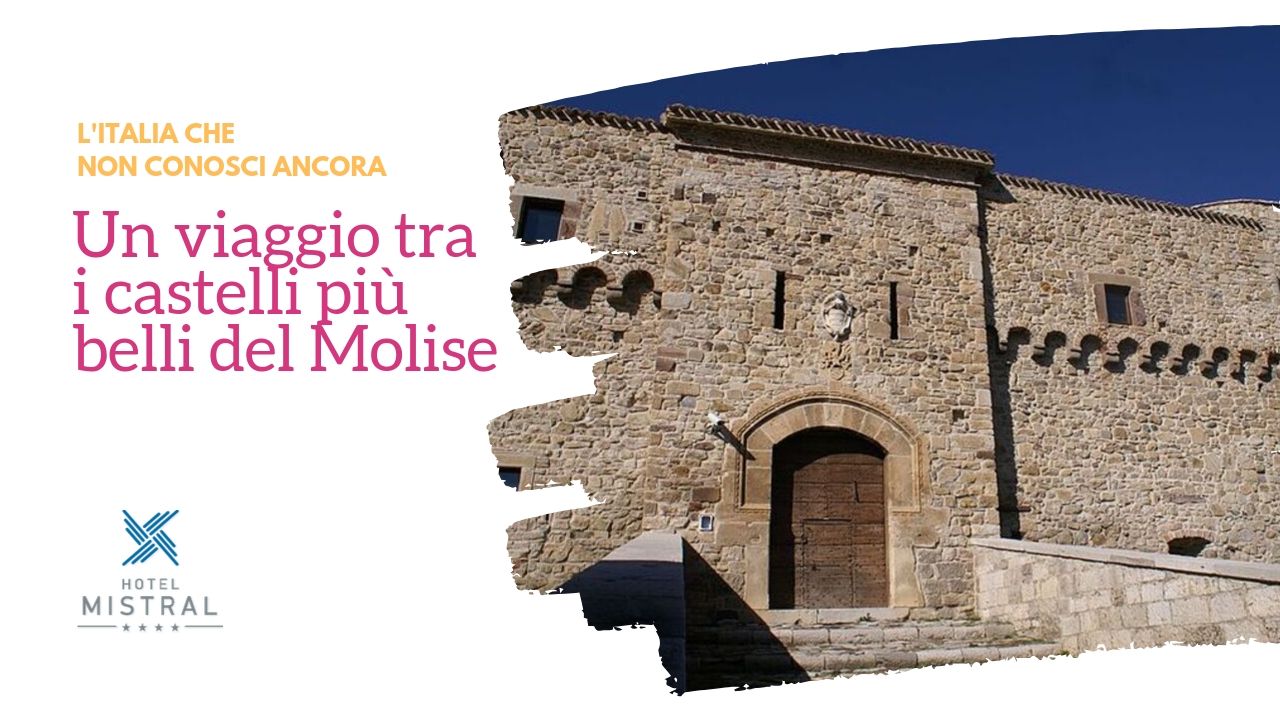Castles, in the collective imagination, have always evoked fairytale places, the homes of kings and fortresses to defend themselves from enemy attacks. Molise, a land little known but immensely rich in history and traditions, hosts several castles, all of medieval origin. In this article we will take a trip to discover the most beautiful castles in the "region that does not exist", one more reason to visit it and find out what it has to offer.
Gambatesa Castle
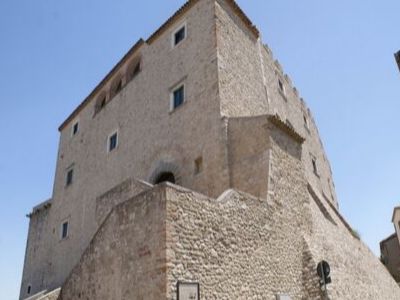
Civitacampomarano Castle
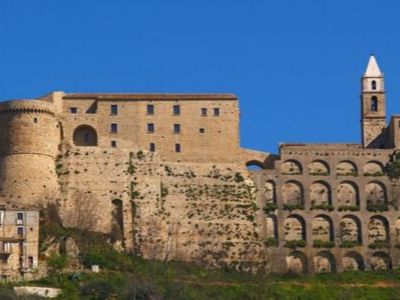
The castle stands in the upper part of the village, on top of a sandstone hill. The first remains date back to the Norman era, around 1100, but it was in the 1400s that the definitive plan was traced: a quadrangular fortress with three cylindrical towers. The history of this castle is closely linked with one of the most striking episodes of betrayal in history. During the conflicts between the Angevins and the Aragonese for the conquest of the Kingdom of Naples, Paolo di Sangro, captain of fortune in the pay of the Angevins, in one of the most delicate moments of the conflict passed from the side of the Aragonese to the cry "Aragona, Aragona!". He received several properties as a reward, including the castle of Civitacampomarano. The fortified building is one of the most suggestive in Molise and has preserved its original structure over the centuries, resisting earthquakes and landslides. Around the structure there is a moat, today covered with greenery, which served to separate the castle from the walls. What is striking is the presence of a large cistern, built through a system of gutters which, by means of slopes studied in detail, collect the water and convey it. From whichever side or direction you look at it, the castle is breathtaking for its infinite beauty and majesty.
The Pignatelli castle
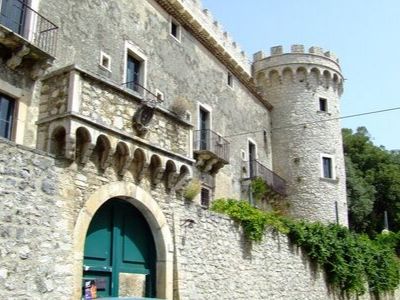
The castle of Monteroduni, takes the name "Pignatelli" from the homonymous family that owned it from 1668 to 1806. Of Lombard origins, over the centuries it underwent a series of transformations that transformed the structure from a typically defensive to an elegant palace. Visiting it, one is struck by its typically Renaissance and sumptuous appearance, rich in paintings and majolica. On the first floor, what was once used for servants, it is possible to visit the kitchens where the ancient work tools are kept. The first floor houses a large reception room, on which the coat of arms of the Pignatelli family is stamped. On the second floor there are slits and drains used by the inhabitants of the building to pour boiling liquids on enemies. The castle gardens host the Eddie Lang Jazz Festival in summer and during the event it remains open to the public for visits.
Monforte Castle
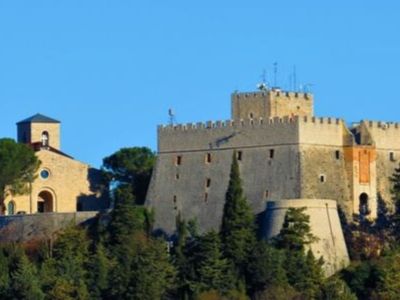
In Campobasso, crossing the steep streets of the center on foot, you reach the highest point of the city: it is here that, at a height of about 800 meters above sea level, the Monforte castle stands. The structure looks like an imposing quadrilateral with circular towers and a large rectangular tower, The structure looks like an imposing quadrilateral with circular towers and a large rectangular tower, the keep. Upon entering you are in front of a large courtyard, which in summer hosts historical re-enactments, events and exhibitions. In the basements, prisons were once housed and presumably the jailer with his family. Various popular beliefs revolve around Monforte: it is said that in the dungeons there was a torture room and two secret passages, one that went down the hill to reach the village and a real escape route to escape from enemy ambushes. Nature lovers will be pleasantly impressed by the nature trail that surrounds the castle: the park on the Via Matris, which however is currently in a state of neglect.
Alexander Castle
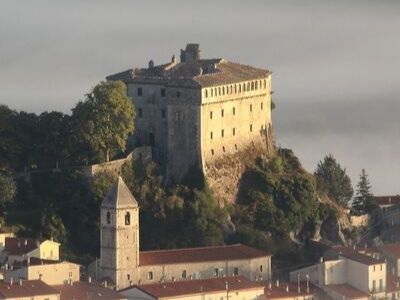
The castle of Pescolanciano stands on a rocky hill overlooking the town and the Castel di Sangro - Lucera sheep track. It dates back to the twelfth century and saw several families succeed each other until, in 1500, it passed into the hands of a noble Neapolitan family, the d'Alessandro. On the ground floor it is possible to visit the Castle Exhibition in the Castles and the Ceramics Exhibition. What fascinates visitors is certainly the suggestive Throne Room, where an inlaid wooden throne stands more than 2 meters high. In summer, the current owners also open the second floor to the public, which preserves the memories of the Alexander family.
The Svevian castle
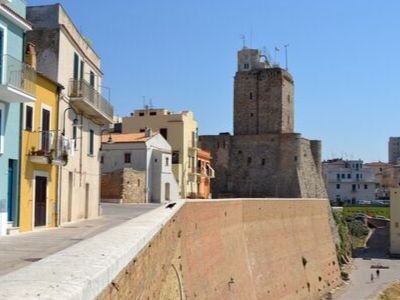
The castle of Termoli overlooks the old city, called by the natives "paese vecchio". The feature that makes it unique is its location: it is located on a promontory overlooking the sea, surrounded by ancient city walls. It was presumably built in the Norman era, around the 11th century and then restored in 1247 by Frederick II of Svevia, from which it takes its name. Born to defend the country, thanks to its strategic position, it has a square plan with the corners placed at the cardinal points and has 4 cylindrical towers. Some rooms host the Municipal Art Gallery, while on its top there is the Air Force weather station. Each castle is endowed with at least one legend, that of Termoli revolves around the figure of the "mazz’marill", a spiteful little ghost who wandered through the ancient village during the night, making spiteful to its inhabitants and then retiring to the castle.
In recent months, the catchphrase "Il Molise does not exist", complete with a hashtag, has gone around the web, giving in fact enormous visibility to our small, but pretty region. Now that you also know its legendary castles, do you need other reasons to visit it?

